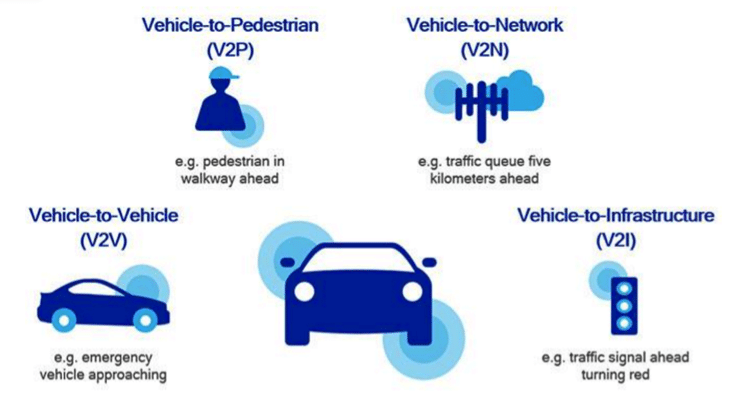The path to 5G will be marked with continued LTE advancements in Release 14
Next-generation 5G network technology, set for standardization in the 2019-2020 timeframe, is poised to enable a wide range of use cases ranging from remote industrial control and support for massive machine-type communication to fully-autonomous driving.
And while widespread commercialization of 5G and attendant services is still a few years down the road, the underlying technical research and development is well underway and continuing in earnest. But, while 5G will certainly be a unifying connectivity fabric for years to come, it won’t be like flipping a light switch. Rather, 5G services will come to life in a phased manner that allows service providers to leverage massive investments in LTE.
To get a sense of the path to 5G, consider autonomous driving. For enterprises, this means existing transportation logistics models will be upended, and, for the consumer, it means a binge watching session can move seamlessly from couch to car (potentially swap with (it means a burdensome commute becomes a time to get a jumpstart on the work day). But the reality of autonomous driving is significantly more profound: traffic-related injury claims the lives of 1.2 million people every year and is the leading cause of death among people age 15 to 29, according to the World Health Organization. Autonomous driving is expected to significantly reduce this very real impact on communities around the world.
Maged Zaki, director of technical marketing for Qualcomm, described the move from LTE to 5G as a “technology evolution to accommodate ever-expanding safety requirements and use cases. The path to 5G will deliver this evolution starting with the C-V2X part of 3GPP release 14 specifications, which is expected to be completed by the end of the year.”

While many current autonomous driving platforms rely on radar, LiDAR and camera arrays to effectively “see,” C-V2X serves as a tremendous boost in that it provides 360-degree awareness even in non-line-of-sight conditions like inclement weather or blind intersections.
Advanced Driver Assistance Systems (ADAS) will significantly improve with C-V2X by not only increasing safety, but also traffic efficiency by allowing vehicles to drive closer together and situational awareness via near-real-time analysis of traffic and related data.
Wi-Fi-based Dedicated Short-Range Communications (DSRC) has established the foundation for latency-critical V2X communications. Cellular V2X brings improvements over 802.11p/DSRC for active safety use cases. With approximately twice the range of DSRC, C-V2X can provide the critical seconds of reaction time needed to avoid an accident, which is key in a situation where milliseconds mean the difference between a potentially-fatal crash and a near-miss. Beyond safety, C-V2X also enables a broad range of use cases – from better situational awareness, to enhanced traffic management, and connected cloud services.
As C-V2X evolves along with 5G, new use cases like cooperative-collision avoidance involving multiple vehicles communicating instantaneously, high-density platooning, which will help curb congestion and fuel consumption, and even the ability to see-through vehicles and other obstructions through a virtual reality displayed on the windshield will become available.
“C-V2X will provide a unified connectivity platform for safer vehicles of tomorrow,” Zaki explained. “Building upon C-V2X, 5G will bring even more possibilities for the connected vehicle. The extreme throughput, low latency and enhanced reliability of 5G will allow vehicles to share rich, real-time data, supporting fully autonomous driving experiences.”

